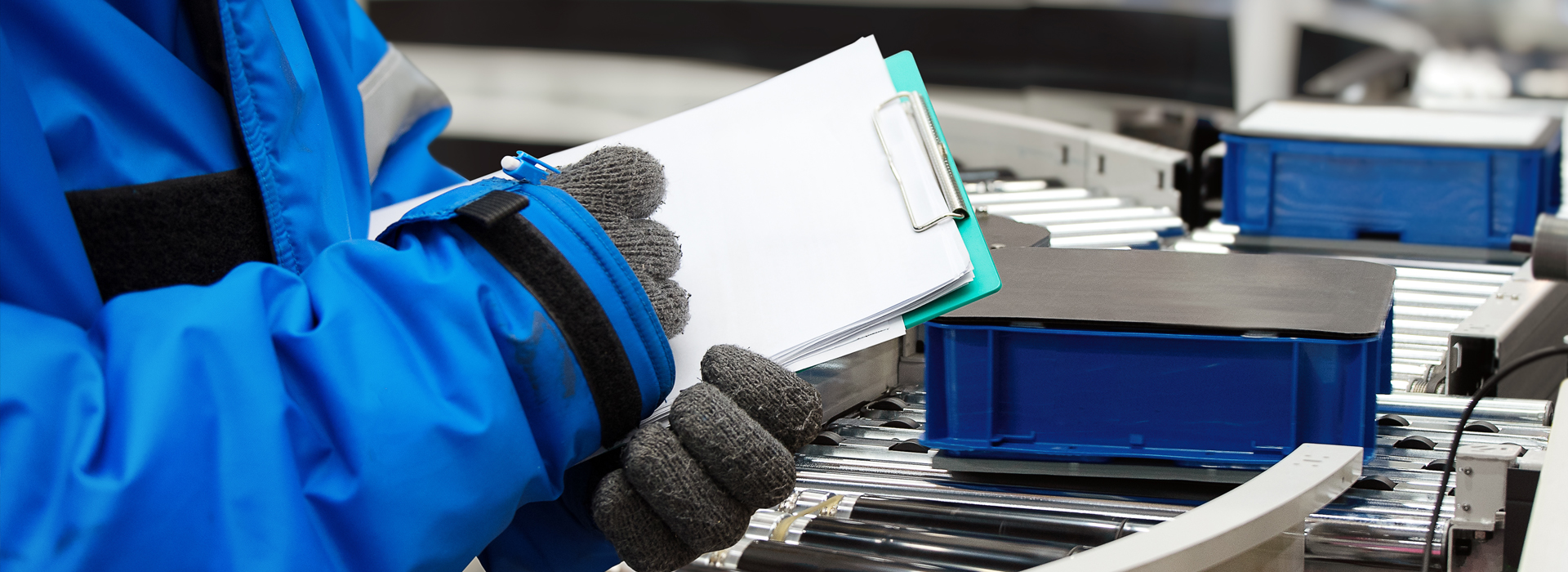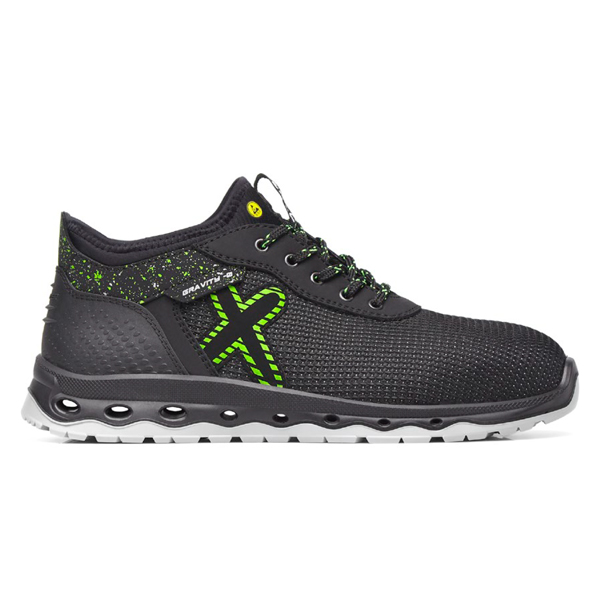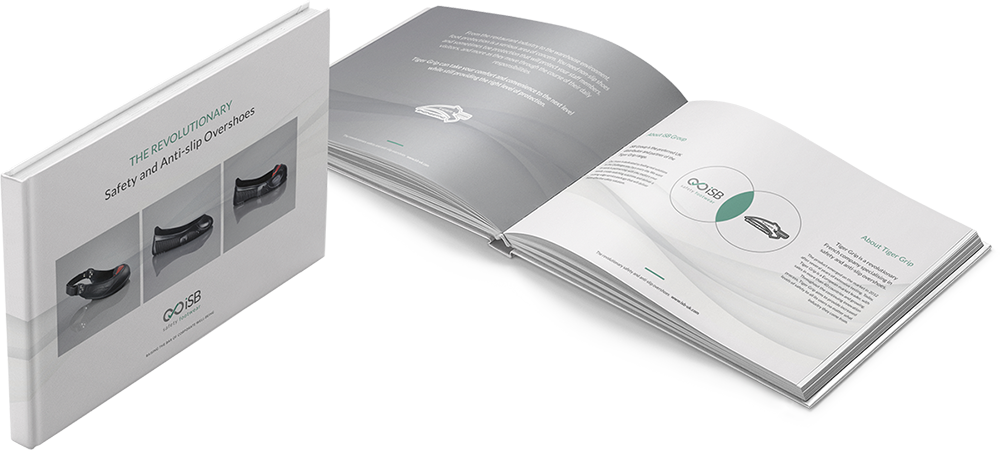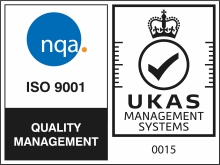
As in the summer months, keeping your employees safe during winter is all about taking the right precautions and providing them with the correct personal protective equipment (PPE). Most cold-related injuries happen when workers are unprepared and don’t have adequate clothing for the conditions.
These tips will help you keep your team safe this winter:
Don’t Slip Up
Winter weather hazards like snow, sleet, ice and rain can make outdoor areas treacherous, and it isn’t just the visible hazards that you need to worry about: invisible black ice is also a common problem in winter. Equipping your workforce with high quality, properly-fitting and slip-resistant waterproof thermal footwear will help guard against slips and falls, but you should ensure the footwear is cleaned regularly, and the tread inspected for signs of wear that could reduce grip. Snow and ice on the ground should be removed or treated promptly, but advise your employees that it is safest to assume that any wet, dark surface could be slippery and stick to designated walkways.
Stay Warm & Dry
Protect your team against cold weather-related illness and injuries like hypothermia, frostbite and chilblains by ensuring they are wearing appropriate clothing:
- Layers - Rather than one or two heavy layers, provide your team with several thin items of clothing that can be removed or added as necessary when going between indoor and outdoor environments, or in the case of physical effort causing a rise in body temperature. Ensure the innermost layer is made from a fabric that wicks sweat away from the skin to increase long term comfort. Ensure hi-vis clothing is worn over the top of the outermost layer at all times by those working outside in the dark.
- Headwear – Thermal head gear should be worn at all times to prevent heat loss. Where hard hats are required, a thermal helmet liner should be added for the winter months, and a balaclava or scarf provided if needed.
- Gloves – Workers exposed to temperatures close to or below 0oC should wear insulated gloves wherever possible. Where greater dexterity is needed, thinner task gloves can be worn, and workers provided with a second pair of thicker gloves or mittens to wear during breaks. If the gloves you provide are not waterproof, ensure your employees have enough spares to keep their hands dry and warm throughout the day.

Know What To Look For
Early symptoms of hypothermia include shivering, loss of concentration and coordination, confusion, and severe fatigue. Symptoms of frostbite include numbness and stinging or aching in the affected area – usually the face, fingers or toes. Chilblains cause redness, swelling and itching which can be temporary or permanent.
Talk To Your Team
Finally, remember that having the right policies and procedures in place and providing workers with the proper clothing is only half the battle; you also need to engage your employees in the importance of looking after themselves.
You Might Like...
 1
1
Gravity Jupiter Safety Trainers- E3200
Ultra resistant textile TECNO-TEXT upper
 2
2
Gravity Jupiter Safety Trainers- E3200
Ultra resistant textile TECNO-TEXT upper
 3
3
Gravity Jupiter Safety Trainers- E3200
Ultra resistant textile TECNO-TEXT upper
 4
4
Gravity Jupiter Safety Trainers- E3200
Ultra resistant textile TECNO-TEXT upper

















